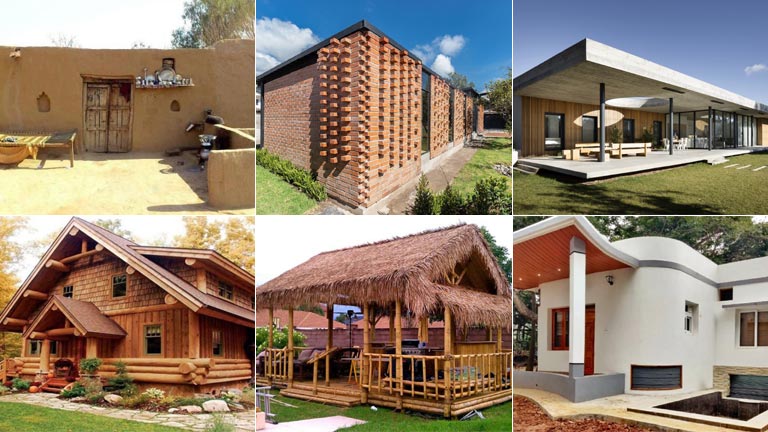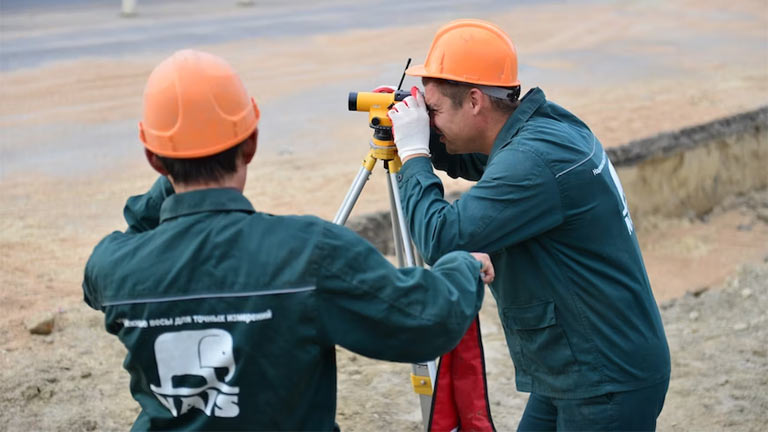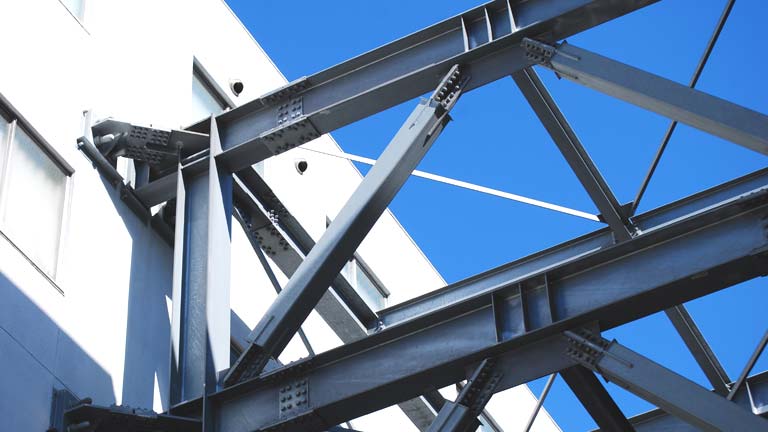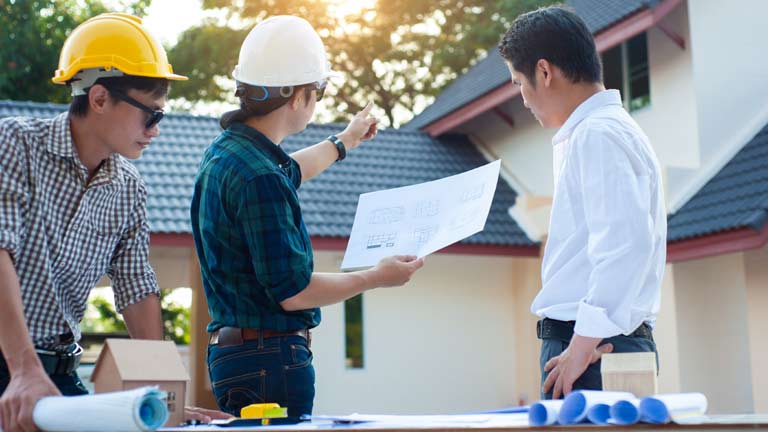
People started building and living in the home for staying and securing themself from rain, sunlight, wild animals, storms, and protection from the other elements. First people build homes in the forest from tree branches, leaves, and bushes. After that, they moved to another thing for constructing and building their home.
People have been keeping changing home construction techniques and ways. In the past, only a few peoples have good homes for living in. Otherwise, the kings and queens only have good and luxurious houses. People live in very small and poorly built homes.
What materials and techniques do we need to construct a house?
Following are the 6 house construction techniques and materials used to build a home.
Clay Homes
Many homeowners have clay homes in the 20th century. Still, you can see clay homes in Asian countries. Clay homes can be built using a variety of techniques, including cob, adobe, rammed earth, and earthbag. They are often mixed with red soil, sand, straw, wooden pillars, or other natural fibers to enhance their strength and stability. Clay homes are sustainable, energy-efficient, and can help to regulate indoor temperature. They are also fire-resistant and can withstand earthquakes. Clay homes also have a natural and aesthetic appeal, blending harmoniously with the environment.
Bricks Home
Brick homes are constructed using bricks, which are made from clay or concrete. They are commonly built using techniques like bricklaying or masonry. Bricklaying is the traditional method of building with bricks. Bricks are laid in courses, with each course overlapping the one below it. Brick homes are durable, fire-resistant, and energy-efficient. They provide a sense of solidity and can withstand harsh weather conditions.
Concrete Homes
It is the 1st choice for building durable, long-lasting, and earth-proof homes. Concrete homes are constructed using poured or precast concrete. Techniques include forming, pouring, and curing the concrete to create the structural elements. Concrete homes offer numerous benefits, including durability, resistance to fire, pests, and extreme weather, energy efficiency, and reduced maintenance. They also provide excellent noise insulation and can be designed in various architectural styles.
Wooden Homes
Many countries like Canada, Australia, USA are cutting forests to fulfill the wooden home-building demands. Wooden homes are constructed using various techniques such as timber framing or log cabin construction. The benefits of wooden homes include their natural beauty, renewable and sustainable nature, excellent insulation properties, energy efficiency, and ease of construction. Wood is also a carbon-neutral material, contributing to lower environmental impact. Knock down rebuilding cost of wooden homes can range from $115,000 to $425,000, depending on the size of the home, the materials used, and the cost of labor in the area.
Sustainable Homes
Sustainable homes can be built using materials like bamboo, recycled wood, earth and clay, hempcrete, straw bales, recycled metal, and recycled concrete. These materials promote resource conservation, reduce carbon emissions, and contribute to greener and more sustainable construction industry. The world is moving to sustainable sources due to their benefits.
3D Home
3D home construction techniques involve the use of large-scale 3D printers that deposit layers of building materials to create the structure. Common materials include concrete, fiber-reinforced polymers, and even recycled materials. These materials are chosen for their strength, durability, and suitability for 3D printing processes. 3D homes can be built faster, cheaper, and with less waste than traditional homes. 3D homes can be the future of construction because of their speed, sustainability, cost, and durability.




